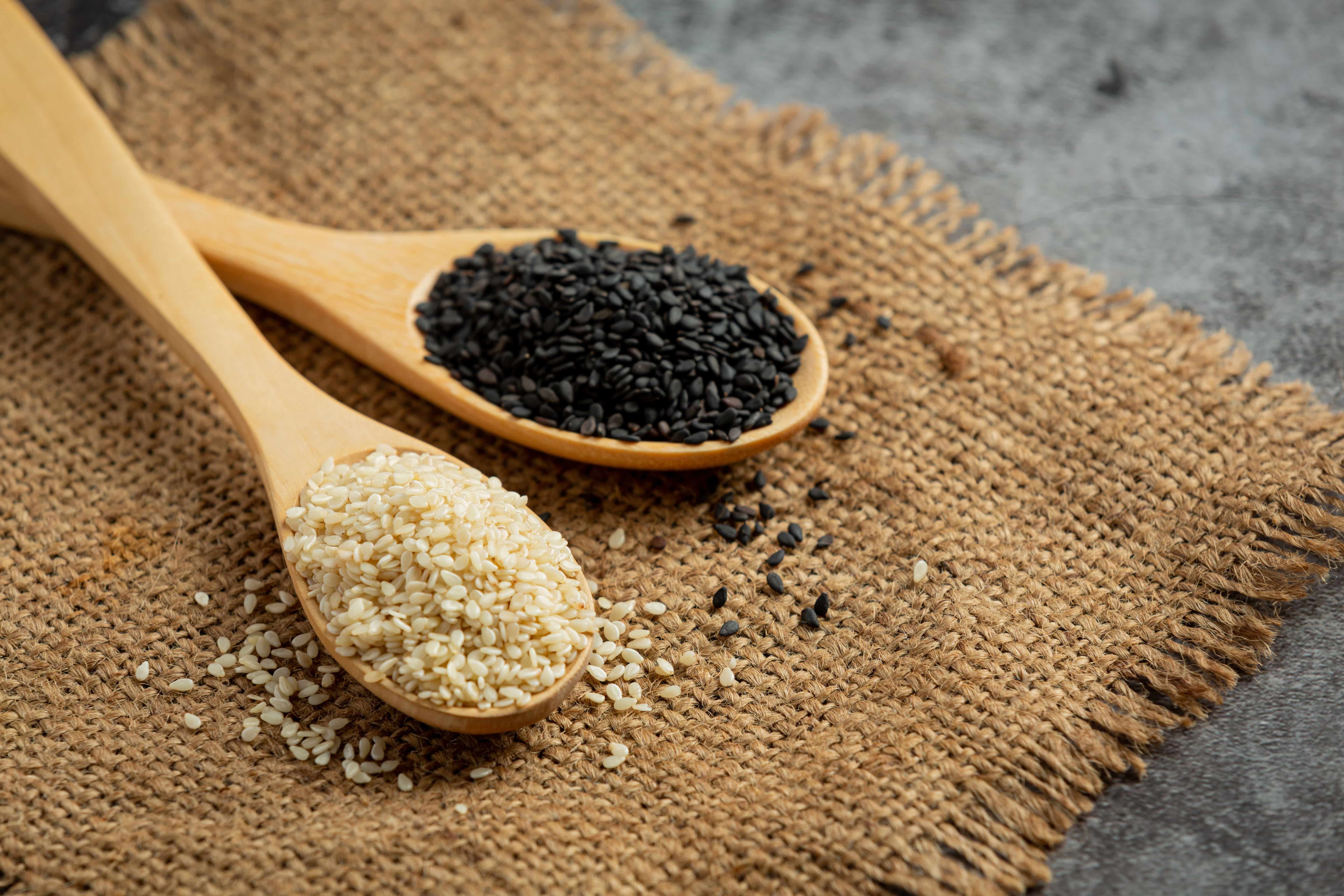Pakistan’s Sesame Seed Surge: Export Boom or Bomb?
Syed Hamza Ali

Pakistan’s Sesame Seed Surge: Export Boom or Bust?
Introduction
Through the Mughal era and then British colonial rule, sesame seed production has expanded and shifted with demand for edible oil and the spread of canal irrigation in Punjab and Sindh. Pakistan’s sesame seeds (til) are riding a two-year surge: China has become the anchor buyer, while 2023 exports topped $414m.
Sesame prices had a major spike in 2023 but corrected in 2024 toward ~Rs 12,000 per maund, exposing exporters to tight margins and stricter quality checks. This year again, the sesame seed price in Pakistan is at an all-time high, hitting ceilings upwards of Rs 22,000. This article explains the reasons behind this demand pull, the future of sesame price in Pakistan, and the operational hurdles that lead to price falls such as drying, contamination risk, and specs.
Pakistan’s Sesame Hub
Punjab is the engine of Pakistan’s sesame seeds (til) economy. Government data and field surveys consistently show Punjab delivering about 95% of national sesame output, with Sindh and Balochistan contributing only small shares. The NOEP push concentrated acreage and extension in Punjab, creating larger, more uniform procurement corridors and cleaner aggregation at the local ghalla mandi. Overall, Punjab has the most resources, most seed, inputs, and transport lines for til ki kasht
Sindh remains important but smaller. The region’s supply chain is more dispersed across Tharparkar, Sanghar, and Hyderabad, with a mix of white (Safed Til) and black (Kala Til) channels. That fragmentation can widen basis differences versus the posted sesame price in Pakistan at the Punjabi mandis.
For exporters and millers, Punjab’s scale enables faster lot-building of exportable til with tighter quality control (moisture, foreign matter). Sindh’s nodes typically need extra coordination across district markets (e.g., Bahawalpur, Rahim Yar Khan, Vehari in South Punjab; Hyderabad/Sanghar/Tharparkar in Sindh) and careful line-of-sight to cleaning/drying. Digital price sharing platforms such as Zarai Mandi help close gaps, but compliance still depends on on-ground grading and documented lots. A TDAP report notes that sesame is grown across provinces and dozens of districts, so networked collection and basic QA at the village level remain critical.
The China Effect: Demand Shock Since 2023
China’s edible-oil and food industries turned to Pakistan’s sesame seeds when supplies from Sudan/Ethiopia wobbled and Pakistan gained tariff preference. By 2023, China absorbed ~$291m of Pakistan’s $414m sesame exports—by far the largest share. This momentum carried into 2025: Jan–Sep shipments to China hit 55.61m kg worth $68.56m (+87% YoY) at $1.23/kg. The first half alone saw a reported ~300% YoY value jump as volumes and price competitiveness improved.
Chinese buyers mainly demand natural white sesame for oil pressing and hulled white for snacks/bakery and sesame oil (til ka tel). This causes trade deals to hinge on low moisture and food-safety compliance (Aflatoxin/Salmonella), pushing exporters toward cleaner, documented lots.
Pakistan’s Global Rank in Sesame Exports
In 2023, WITS/UN Comtrade and OEC place Pakistan 3rd among sesame seed exporters, when Pakistan shipped 239,092 tonnes of sesame worth $414.46m. China was the dominant buyer at $291.46m (165,927t), far ahead of the EU, Turkey, KSA, and Korea. But a top-5 position always brings attention and stricter gatekeeping. Competing origins are also back, and so quality and compliance are now the ticket to premium markets like Japan and Korea, not rank alone.
High international prices, a weak rupee, short crop duration, and low input needs pulled acreage toward sesame in mid-2025. But when these prices cool down, the margins are going to shrink just as they did at the end of 2024. Not only that sesame cultivation grounds expand rapidly despite looming weather and drainage shocks, and to nail the head in the coffin lack of drying capacity and packaging standards remain binding constraints.
While it is true that farmers and exporters pivot fast when the sesame seed rate in Pakistan spikes, they also retreat just as quickly when buyers shift.
The Bottleneck: Post-Harvest Handling & Aflatoxin
Sesame seeds are hygroscopic. If they are bagged above safe moisture, they pull humidity, warm up, and invite Aspergillus growth in trucks and warehouses. Studies show hermetic bags (PICS/GrainPro) keep seed moisture stable and sharply limit mold and mycotoxins. Aim to dry to 6–8% before storage—below ~6% for longer holds. Hermetic storage maintained sesame within this “safe window” and slowed toxin build-up versus jute/PP bags. Yet, Pakistani exporters have been unable to meet these packaging requirements, causing most of their exports to be ruined by the time they reach China.
Other outdated practices, such as slow sun-drying, piling semi-dry seed, nighttime re-wetting, and bagging before moisture checks, cause further quality problems. Often these seeds are stored in porous jute/PP sacks, stacked on bare floors (no pallets), and kept in rooms without airflow, which lets the seed reabsorb moisture. It’s high time exporters address this incompetence and pair quick drying with cleaning/sortex, metal removal, and documented lots with hermetic liners, and then block moisture migration. These steps reduce rejections and oil rancidity claims for the commodity.
Conclusion
So is this an export boom or a bomb? It’s a choice that our exporters will have to make. If Pakistan keeps shipping semi-dry seed in porous sacks, the market will decide for it when prices cool. If the trade locks in moisture removal, cleanliness, and traceability as non-negotiables, this surge becomes a platform: steadier farm incomes, a deeper oilseed base, and a reputation that outlasts a cycle. The crop is ready. The handling has to catch up.